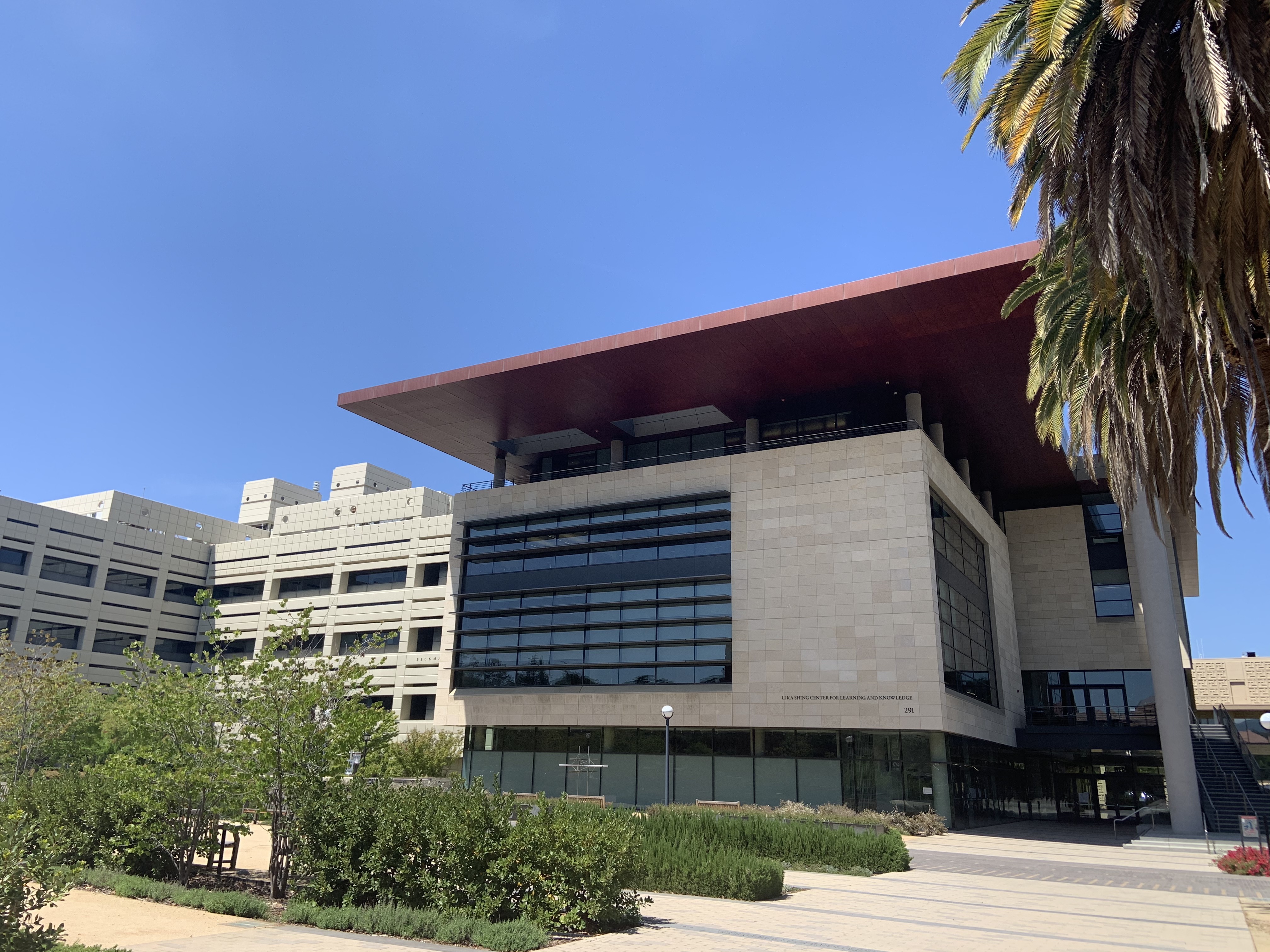The National Institutes of Health (NIH) named Stanford Medicine one of ten national Maternal Health Research Centers of Excellence in August, awarding the department of obstetrics and gynecology a $14 million grant to span seven years for their new initiative, PRIHSM (PReventing Inequities in Hemorrhage-related Severe Maternal morbidity).
PRIHSM will establish a center focused on reducing postpartum hemorrhage, or excessive post-birth vaginal bleeding, which disproportionately affects marginalized groups.
“This is a potentially groundbreaking investment on the part of NIH,” wrote one of the leaders of the PRIHSM team, Suzan Carmichael, professor of neonatalogy and maternal fetal medicine. “For the first time, the NIH is setting up a network of centers that will work together to find, and implement, ways to improve maternal health and eliminate inequities.”
One way that the team behind PRIHSM seeks to reduce postpartum hemorrhage is by minimizing disparities in iron deficiency anemia (IDA) in expectant mothers, according to Angela Clear, one of the grant writers for the PRIHSM proposal.
In a previous population-based cohort study of expectant mothers in California, the leading members of the PRIHSM team observed a rise in antepartum (pre-birth) anemia among every studied racial and ethnic group in the past decade. But these increases were not uniform: Black pregnant patients were especially vulnerable, with the study observing a 100% increase in the prevalence of ante-partum anemia within this group.
“An unexpected need for a transfusion, hysterectomy and even ventilation in severe cases is something no mother dreams of when envisioning her birth story. These incidents have profound and lasting effects on the families involved as well as the care team,” Clear wrote.
According to Clear, PRIHSM seeks to reduce postpartum hemorrhage by targeting two specific predictors for maternal morbidity and mortality: iron-deficiency anemia and cesarean-section births.
PRIHSM will be led by maternal fetal medicine professor Yasser El-Sayed, Carmichael said. Maternal fetal medicine professors Deirdre Lyell and Elliot Main will provide additional project leadership.
To secure NIH funding, the department of obstetrics and gynecology assembled a team, including El-Sayed, Carmichael, Lyell and Main, to prepare an almost 800-page grant proposal that was submitted in December 2022 as part of a year-long application process. According to leadership, the conception of PRIHSM received support from many other departments in Stanford Medicine, including the departments of pediatrics, epidemiology and anesthesiology, as well as leaders in the diversity, equity and inclusion space at Stanford Medicine.
Using feedback from interviews of Black and Latinx women with anemia in pregnancy, the PRIHSM team designed an Anemia Prevention Toolkit (APT) as a collection of provider, patient and community educational tools about best practices in anemia screening and care, Clear wrote.
Clear wrote that PRIHSM will pilot the APT at hospitals in California, Oregon and Washington to combat lack of information from healthcare providers, dismissal of patients’ reported experiences and treatment challenges with nutrition.
PRIHSM is also an extension of the existing five-year effort of the department to lower cesarean birth rates in California, especially among Black patients, where rates of cesarean births are often higher in comparison to those among white and Hispanic patients.
To combat rises in cesarean births and linked postpartum hemorrhage rates, the center will perform a large scale-implementation of a maternal equity guide, Clear wrote. This guide will administer a “Labor and Delivery Staff Culture of Equity Survey,” as well as patient feedback surveys, in order to lower microaggressions and barriers to respectful care at the hospital level that might drive these disparities.
Clear also wrote that PRIHSM will create a community advisory board, ideally including individuals who have personally experienced postpartum hemorrhage and individuals who work in related community-based organizations.
“One important objective of the center is to build the pipeline and diversity of maternal health researchers … [by] engaging with trainees across the University who are interested in working with us,” Carmichael said.
According to Clear, PRIHSM seeks to strengthen the skillset of health-care providers who must manage obstetric emergencies in under-resourced communities and “maternity care deserts” — regions of the U.S. that lack hospitals with an obstetrics unit. Patients in these regions frequently travel far to receive emergency obstetric care, endangering both mother and child.
While the home base of PRIHSM is the department of obstetrics and gynecology, the center is branching out to its main clinical partners, Lucile Packard Children’s Hospital and San Mateo County Health. The department also plans to sustain its existing community partnership with BLACK Wellness and Prosperity Center (BWPC) in Fresno.
Through BWPC, the PRIHSM team has already conducted extensive qualitative research among women from historically underpresented communities in the Central Valley, with a focus on lived experiences with antepartum anemia and neglectful prenatal care.
“We are committed to being leaders in reducing maternal health inequities through our Center’s research projects and training initiatives, and through deepening ties to our local and national community,” El Sayed wrote.
